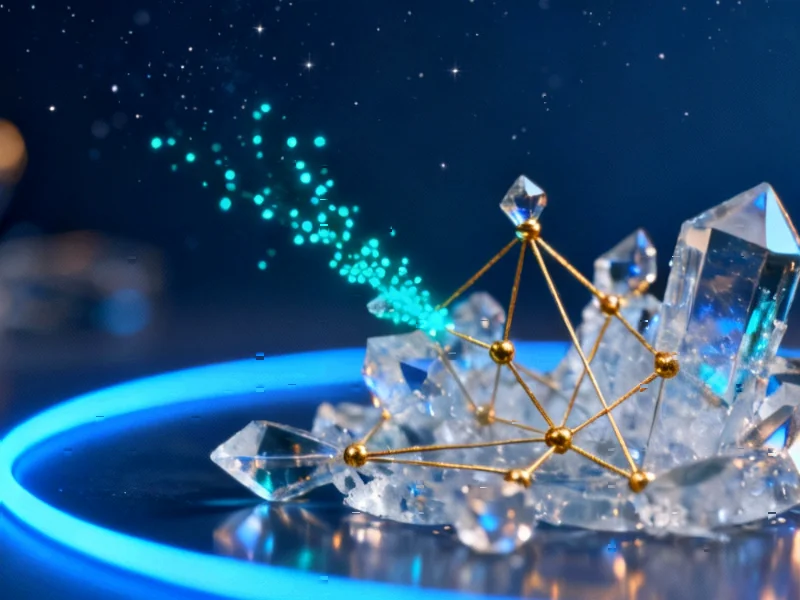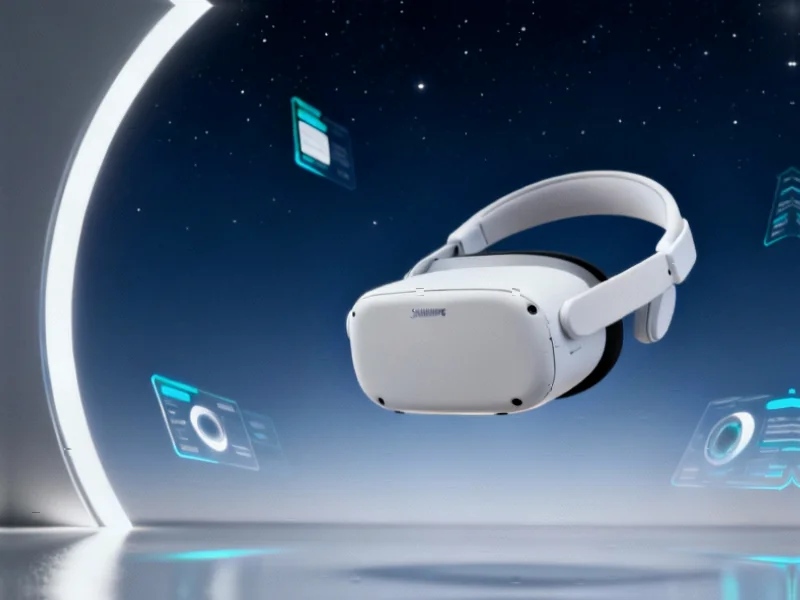TITLE: Cosmic Neutrino Hunt Narrows Search for Universe’s Most Energetic Particles
META_DESCRIPTION: Tohoku University researchers find no optical counterparts to rare neutrino multiplets, tightening constraints on cosmic particle origins in new astrophysical study.
EXCERPT: A research team has conducted the first systematic search for optical counterparts to rare neutrino multiplets detected by the IceCube Observatory. Their non-detection of supernovae or tidal disruption events provides crucial new constraints on the origins of cosmic particles that have puzzled astrophysicists for decades.
The Elusive Search for Cosmic Particle Factories
For decades, astrophysicists have been trying to pinpoint the cosmic engines responsible for generating the universe’s most energetic particles—those mysterious protons, electrons, and neutrinos that streak across space at unimaginable speeds. According to recent research findings, one leading theory about their origins just hit a significant roadblock, paradoxically advancing the search through what scientists didn’t find.
Table of Contents
A team from Tohoku University has completed what sources describe as the first systematic hunt for visible counterparts to a rare neutrino “multiplet”—a cluster of multiple high-energy neutrinos detected from the same direction within a short timeframe. Their investigation, published in The Astrophysical Journal, analyzed wide-field optical data that matched both the location and timing of a multiplet detected by the massive IceCube Neutrino Observatory buried in Antarctic ice.
When Nothing Found Means Everything
Surprisingly, the search came up empty. Researchers found no evidence of supernovae, tidal disruption events, or other explosive transients at the corresponding positions and times. Yet this absence of optical counterparts is proving highly informative for the field.
“Although we didn’t find any transient sources this time, our results show that even non-detections can provide powerful insights,” lead researcher Seiji Toshikage noted in the study. The team’s analysis reportedly allows them to place stronger constraints than ever before on how bright and how long such explosive events would need to be if they were producing neutrino multiplets.
Building on this approach, the researchers now plan to conduct rapid optical follow-up observations of newly detected neutrino multiplets as soon as IceCube reports them. This real-time methodology, combined with the analytical framework developed in the current study, could significantly accelerate the hunt for cosmic particle origins.
Refining the Cosmic Search Parameters
The findings mark an important shift in how astrophysicists approach one of their field’s most fundamental puzzles. Rather than viewing negative results as dead ends, researchers are increasingly recognizing their value in narrowing the vast parameter space of possible explanations.
What makes this particular study noteworthy, according to analysts, is its systematic approach to testing the explosive transients hypothesis. Massive stellar explosions and stars being torn apart by black holes have long been suspected as potential sources of high-energy cosmic particles. Now, for the first time, that assumption has been rigorously examined against optical data with precise spatial and temporal correlation to neutrino detections.
The research team, which included professors Shigeo Kimura and Masaomi Tanaka from Tohoku University, essentially established new boundaries for what types of cosmic events could realistically produce the neutrino signals we detect. Their work effectively rules out certain classes of optical transients that would have been bright enough or lasted long enough to be detected by current instruments.
Looking ahead, the methodology developed in this study could transform how the astrophysics community approaches similar mysteries. By systematically testing and eliminating potential sources, researchers can gradually close in on the true cosmic accelerators responsible for generating these elusive particles that have traveled across the universe to reach our detectors.



